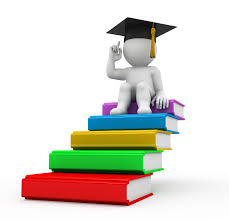China’s AI and big data leader Squirrel AI Learning began to verify the feasibility of machine teaching outperforming human teaching from October 2017, and four human vs machine teaching competitions were organized. The results were surprisingly consistent. Machine teaching outperformed human teaching.
In the fourth human vs machine teaching competition, which took place in 100 cities, students with the same knowledge level were divided into two groups and respectively received teaching by human teachers and Squirrel AI adaptive system.
After 8 hours of teaching, students in the machine-taught group learned 42 knowledge points on average, while students in the human-taught group learned 28 knowledge points on average. In terms of score improvement, the machine-taught group’s score increased 5.4 points on average, while the human-taught group’s score increased only 0.7 points.
Squirrel AI Learning founder Derek Haoyang Li was a keynote speaker at the world’s largest AI application and data science conference ODSC West in San Francisco and he explained that the reason why AI can revolutionize traditional education is its innovation of traditional education in four dimensions: (a) versatile and know-it-all, (b) tell big stories from small things, (c) infinite computing power, and (d) self-evolution.
Versatile and know-it-all
First, compared with humans, AI is more versatile and know-it-all. Considering the cost, China’s education model is usually one-to-many. Such general cramming is uniform. It seems that every student is taught the same knowledge, but their knowledge levels are quite different because every student varies in their basic ability, concentration, weakness and range of understanding.
Squirrel AI adaptive learning system is versatile and know-it-all. It can truly teach students according to their aptitude. The teaching robot detects each student’s user profile and scans their knowledge points, so the system can accurately know students’ knowledge mastery in a short time, and then implement different teaching programs for different students.
Tell big stories from small things
Next, it can tell big stories from small things. On the basis of determining students’ mastery of knowledge points, it matches and consolidates knowledge points targeting each student’s weak points. Using machine teaching, Squirrel AI can truly reconstruct the knowledge map based on the causes of mistakes. On the basis of accurately finding the causes of making mistakes, the AI adaptive system develops personalized learning programs for students, and finally, helps solve the student’s learning difficulties.
It’s worth noting that in the process, Squirrel AI realized super nanoscale knowledge splitting and put an end to the rough description of knowledge points in the traditional knowledge graph. At present, most education companies can only achieve three-level splitting of knowledge points, but Squirrel AI can realize nine-level splitting. For example, for the addition or subtraction of fractions, Squirrel AI can split it into 100 knowledge points. It can effectively detect students’ weaknesses and help enhance their divergent thinking.
Infinite computing power
Third, it has infinite computing power. Nanoscale knowledge point splitting is naturally inseparable from strong computing power. Based on big data and with the help of powerful computing power, Squirrel AI can quickly locate the knowledge that students have mastered and have not mastered. It can put forward effective solutions in a short time and make up for students’ knowledge gaps.
This short and fast approach solves the common root problem in current education. The effect of AI adaptive education is influencing more and more students and parents. Perhaps that’s why Squirrel AI Learning’s paying rate reached 80% in six months. Obviously, the value created by AI education is being recognized by users.
Self-evolving
Last, it’s self-evolving. After all, teachers’ energy is limited. It’s impossible to realize one-to-one tutoring. It is also difficult to find knowledge gaps and understanding deviations from students’ exercises and classroom performance. Even the students themselves cannot tell which knowledge points they haven’t understood completely. However, AI teachers can not only find the shortcomings of students in a class but also continuously help them to check and fill in gaps and make more optimized learning plans in the process of self-evolution.
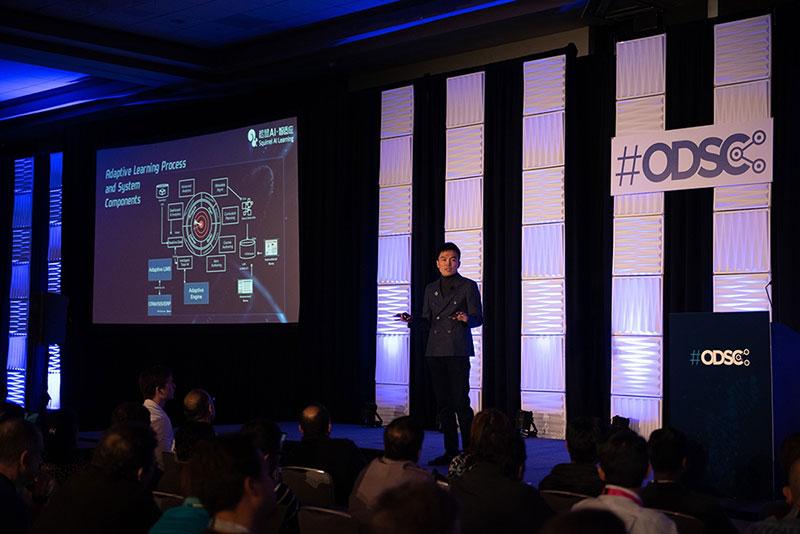
Derek Haoyang Li giving a speech at ODSC West
Will AI replace human teachers?
When asked whether AI will replace human teachers, Derek Li said human teachers cannot be replaced because of the essence of education. “Teachers are needed for planning teaching and determining the direction. But we don’t need famous teachers. The cost of training famous teachers is too high and they cannot be personalized for every student. In classroom teaching, famous teachers cannot put much energy into every student. The algorithm matching in our classroom can customize the experience of 100 teachers in our system, so every student actually learns from the essence of 100 teachers.”
At present, AI is in a period of rapid development in dense data collection. In the future, its data integrating ability will become stronger and stronger. In terms of knowledge transmission, through continuous data collection and adaptive optimization, AI will be able to deeply understand the student’s needs and requirements. The role played by teachers will no longer be a “carrier”, repeating knowledge every day. Focusing on the emotional temperature of students, teachers will be leaders who awaken, encourage and inspire students, truly fulfilling their educating function.
AI will not really replace human teachers, but teachers who do not use AI will be replaced by teachers who use AI. In the future, teachers and AI will achieve synergistic development. Only in this way can we maximize the utilization of educational resources and improve the productivity of the whole education sector. Teachers will not be replaced, but education will be redefined.











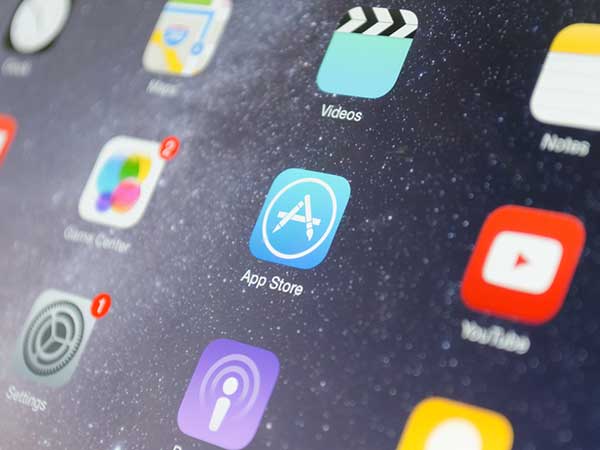
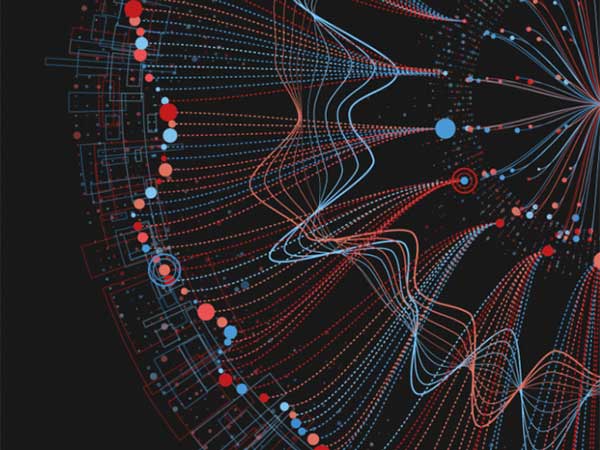



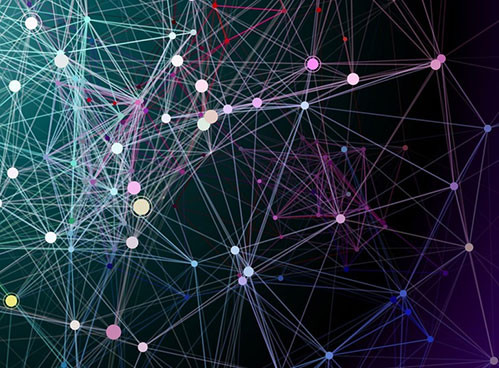
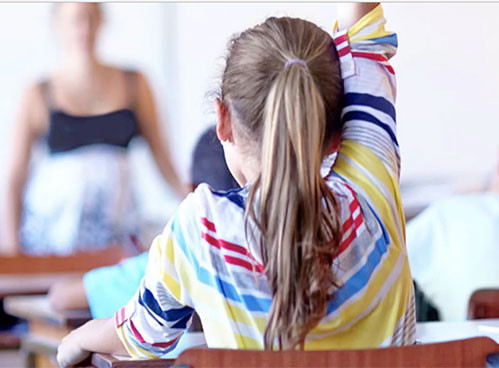

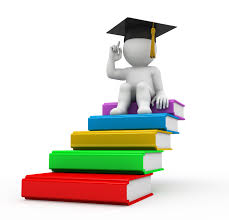
![Top 12 interesting careers to explore in big data [Infographic]](https://crayondata.ai/wp-content/uploads/2016/10/education-1.jpg)
